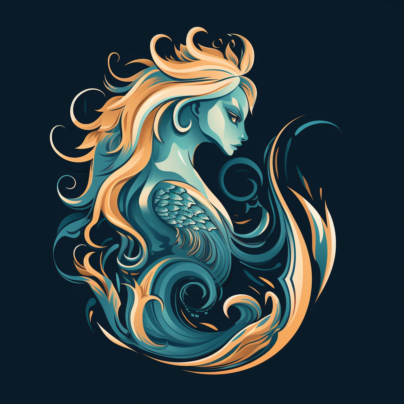Ananke, Goddess of Necessity and Fate
“Bow Before Ananke: The Relentless Goddess Who Weaves Your Fate Before You’re Even Born!”

- Pantheon: Greek Pantheon
- Deity Title: Ananke, Goddess of Necessity and Fate
- Deity Symbol: A spindle, representing the thread of life
- Home Plane: Olympian Plane
- Deity Level: Greater deity
- Alignment: True Neutral
- Aliases: Necessitas, Adrasteia, Inevitability
- Superior: None
- Traditional Allies: Clotho, Lachesis, Atropos, Themis
- Traditional Foes: Eris, Nemesis
- Divine Artifact: The Moirai’s Loom, a magical loom used to weave the thread of life
- Servants: The Moirai (The Fates), The Horae (The Seasons)
- Servitor Creatures: Serpents
- Sacred Animal: The Serpent
- Manifestations: Spindles, Looms, Knots, The sound of the turning of a spindle
- Signs of Favor: A heightened sense of intuition, feeling a sense of clarity and purpose
- Worshipers: Fate weavers, Diviners, Fortune tellers, Spinners
- Cleric Alignments: Lawful Neutral, True Neutral, Chaotic Neutral
- Specialty Priests: Fate Weavers, Chronomancers
- Holy Days: The Festival of the Spindle, held on the first day of spring
- Portfolio: Fate, Destiny, Inevitability, Necessity
- Domains: Fate, Knowledge, Magic, Time
- Favored Weapon: Short Sword
- Favored Class: Cleric
- Favored Race: None specified
- Duties of the Priesthood: Maintaining the Moirai’s Loom, interpreting signs of fate, divination, foretelling the future
- Major Cult/Temple Sites: The Temple of Necessity in Athens
- Benefits: Access to powerful divination spells, resistance to manipulation of fate, enhanced perception of time and events.
Ananke is the primordial Greek goddess and personification of necessity and inevitability, born self-formed at the dawn of creation and inseparably entwined with Chronos to give shape to the cosmos. As one of the Protogenoi, she enforces the unbreakable laws of fate on gods and mortals alike, even overruling her own daughters, the Moirai (Fates), when destiny demands. Depicted as an incorporeal, serpentine force wielding a spindle or torch, she maintains cosmic balance by compelling events to follow necessity rather than whim. Though not widely worshiped, she shared a temple at ancient Corinth with Bia (“Force”), and her Roman counterpart, Necessitas, carried forward her legacy in medieval and modern thought.
Origins and Nature
Primordial Protogenos
Ananke emerges in Greek cosmogony as one of the first beings, a self-born deity whose birth—with Chronos, the personification of Time—marks the end of Chaos and the birth of the ordered cosmos.
Name and Etymology
Her name derives from the Ancient Greek noun ἀνάγκη (anánkē), meaning “force,” “constraint,” or “necessity,” reflecting her role as the inexorable principle that even gods cannot escape.
Mythological Depictions
Orphic Cosmogony
In Orphic tradition, Ananke is portrayed as an incorporeal, serpentine being whose coiled embrace of the primal cosmic egg, alongside Chronos, crushed it to form earth, sky, and sea, thereby instilling order in the universe.
Artistic Representations
On Attic vase-paintings, she appears as a winged goddess holding a torch or spindle—symbols of her power to spin and enforce the threads of fate across all existence.
Role and Purpose
Personification of Necessity
Ananke embodies inevitability and compulsion, ensuring that cause and effect remain aligned with the deeper laws of reality rather than the fleeting desires of individuals.
Cult and Worship
Ancient Practices
Pausanias records that at Corinth, Ananke and Bia shared a shrine into which it was customary not even to enter, reflecting the awe in which necessity and force were held by ancient worshipers.
Roman Legacy
Her Roman equivalent, Necessitas, appears in late antique literature—most notably in Horace’s Carmina—underscoring how the notion of unalterable fate persisted beyond pagan temple cults into classical education and philosophy.
Modern Influence
Ananke continues to inspire philosophy and art, from Plato’s Republic—where she is named mother of the Moirai—to Victor Hugo and Sigmund Freud, who invoked “Necessity” as a driving force in human affairs and civilization.
Key Takeaway: Ananke stands as the ultimate reminder that beyond will and choice lies the immutable force of necessity, binding all existence—divine and mortal—to the steady rhythm of fate.

 Buy me a coffee
Buy me a coffee